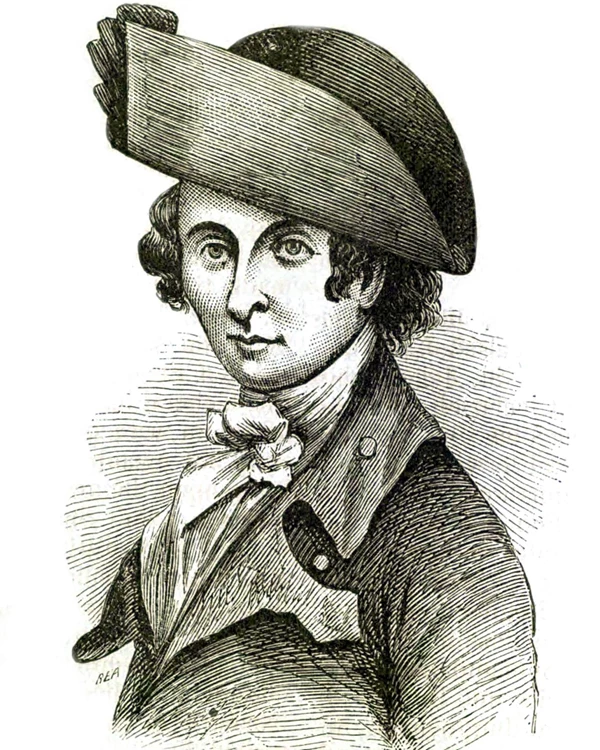Last updated: October 8, 2022
Person
Barry St. Leger

"Barry" (Barrimore) St. Leger (often pronounced 'sil-len-ger') was born a Huguenot descendant in Ireland in approximately 1737. He was educated in Cambridge, England.
In 1756 he joined the British Army as an Ensign in the 28th Regiment. The next year the 28th was shipped to the Americas to participate in the French and Indian, or Seven Years War.
In 1758, he had already achieved the rank of Captain, now in the 48th Regiment, and took part in the Siege of Louisbourg. In 1759 as a Brigade-Major he participated in the British capture of Montreal.
He achieved rank twice more in two regiments over the next decade before ending up as Lt. Col. of the 34th Regiment. In 1777 he was appointed brevet Brig. General to lead the western branch of Gen. Burgoyne's three pronged New York invasion force. This lead to his failed siege of the now American Fort Stanwix. St. Leger vastly underestimated the Americans' ability to defend themselves, and in the end attempt to force the garrison to surrender was routed by low morale and Benedict Arnold's approach from the east.
Although he is usually remembered for this failure he was promoted to colonel in 1780 and given command of a group of rangers based in Canada. For the remainder of the American Revolution they led secretive expeditions into the colonies, including two attempts to capture Philip Schuyler and conducting negotiations with Ethan Allen to secure Vermont's loyalties as a free and independent British colony.
In 1780 St. Leger's Journal of Occurrences in America was published in London. In 1785 his name disappeared from the British Army lists in Canada. He is thought to have died in 1789. However, his will was not proved by his widow until 1794.
